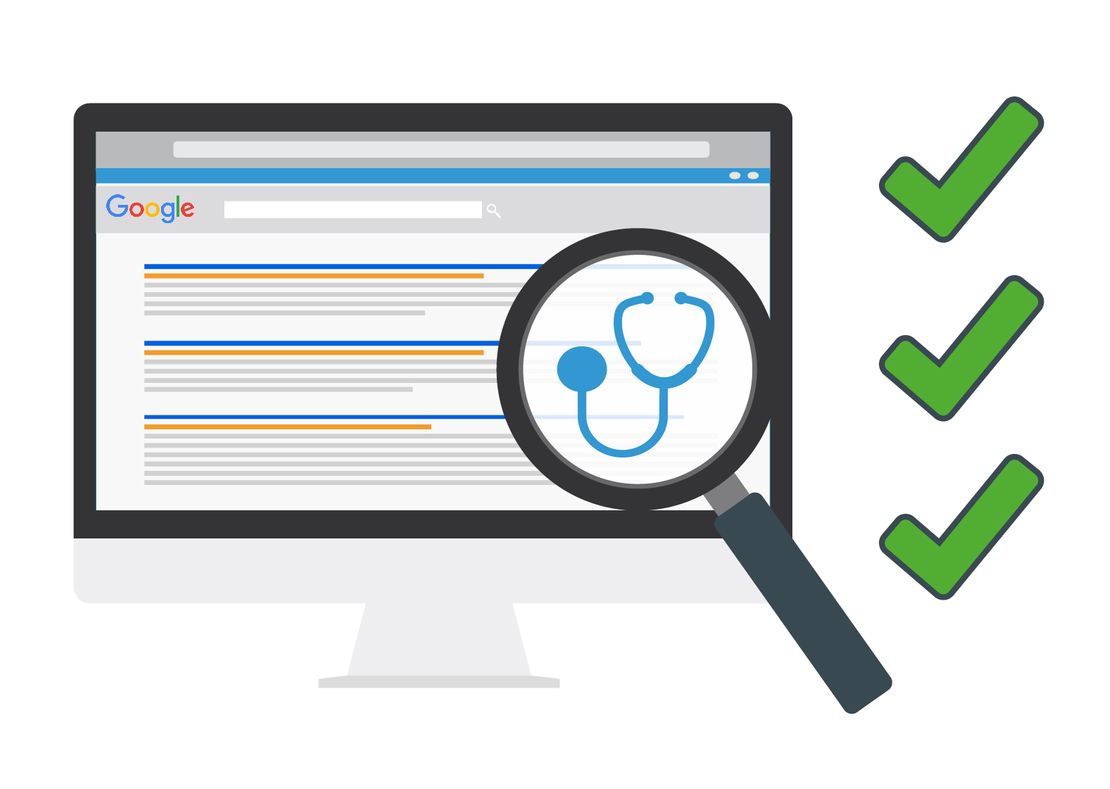Studies have shown that less than 77 percent of site visitors don’t scroll down the page on their first visit to a website, meaning it is important to consider where you place your key content. In fact, our internal research has shown that conversion rates can be improved by more than 50 percent by focusing on a few key web design elements. It all boils down to organizing your site so that it is easy for visitors to navigate and find information. After all, most people who reach your site have a goal – and your goal is to help them reach theirs so that they become a new customer.
To truly understand what you need your website to achieve, think about your target visitor and what they might want to accomplish by visiting your site. This can include:
- The types of services your practice provides.
- Information about your company and why they should choose it.
- What your payment options are and what insurance you accept.
- How to schedule an appointment.
Whatever your ultimate goal, your website should be organized so that visitors can accomplish what they came for as quickly and efficiently as possible. Here are a few things to remember when designing your medical website to boost online conversions:
1. Make Your Website Easy for Patients to Navigate.
The usability of your medical website is determined by how easily someone can browse it and find the content they need. This means that having a good navigation menu is important for enhancing your website’s design and making searching the site more effective. It should tell visitors exactly what they can expect to find on your website even before they delve into the content. To improve conversion rates and increase the time people stay on your site, focus on designing a clean navigation bar with a handful of relevant categories. One of these categories should be a link to a “Services” page with a drop-down submenu that lists each service independently.
2. Make Sure the Home Page Articulates Your Core Concepts.
Your home page should identify who you are, what you do, who you do it for, and what makes you different. Though you can go into detail on other pages of your website, site visitors should be able to find these core essentials from your home page. In most cases, this is the first page people will land on – and how well it communicates key information will determine whether visitors stay on your site.


